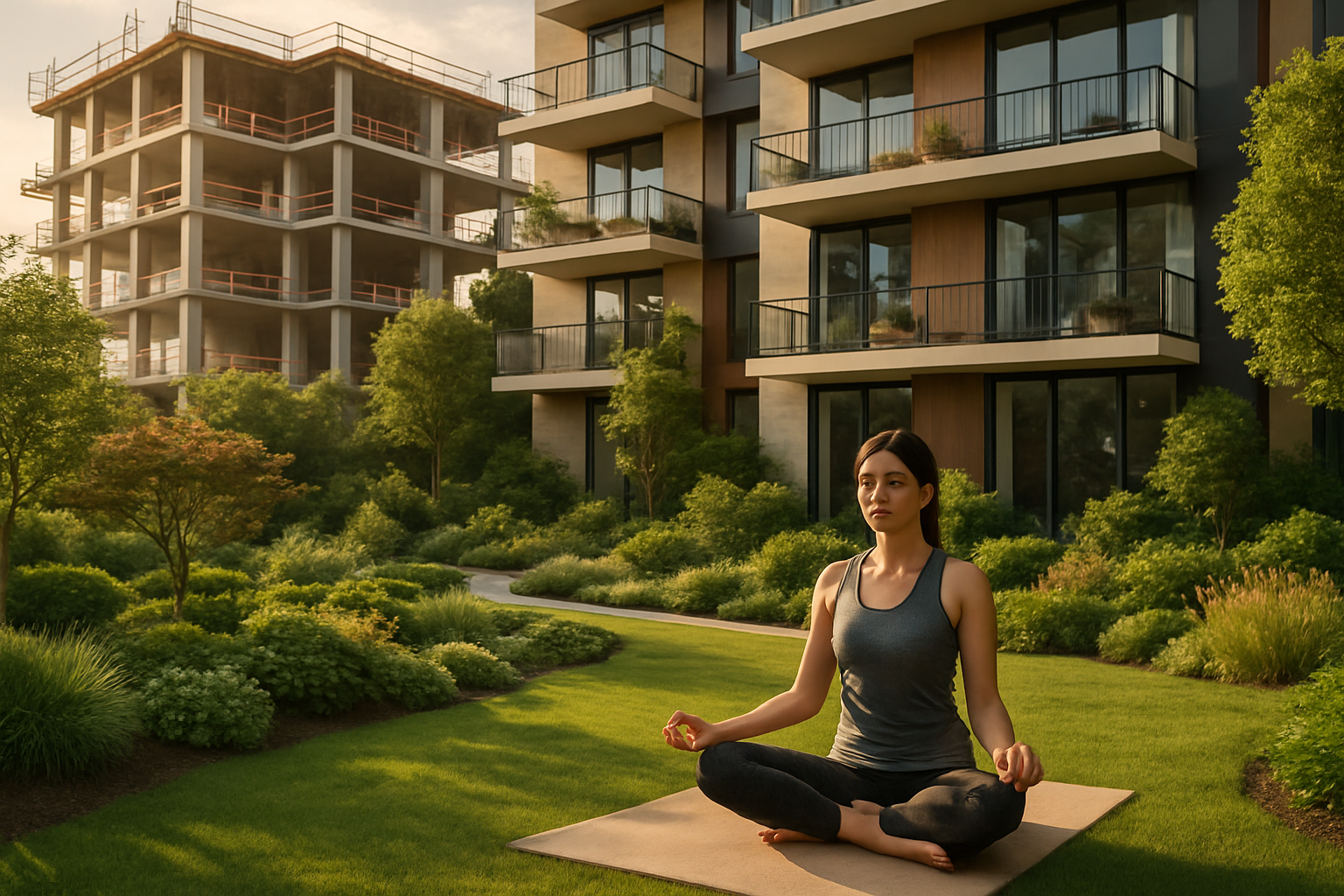The Emergence of Wellness-Centric Real Estate Development
In an era where health and well-being take center stage, the real estate industry is witnessing a paradigm shift towards wellness-centric development. This innovative approach is reshaping the way we conceptualize, design, and construct living spaces, prioritizing the physical and mental health of residents. From urban high-rises to suburban communities, developers are integrating holistic wellness features that go far beyond traditional amenities, creating environments that actively promote a healthier lifestyle.

The Evolution of Wellness in Real Estate
Historically, real estate development focused primarily on functionality and aesthetics. However, as awareness of the impact of our surroundings on health has grown, so too has the demand for spaces that promote wellness. This shift began with the introduction of basic fitness amenities and has now evolved into a holistic approach that considers every aspect of human health. Today, wellness-centric developments are at the forefront of innovation in the real estate sector, setting new standards for what it means to create truly livable spaces.
Key Features of Wellness-Centric Developments
Wellness-centric real estate projects incorporate a wide range of features designed to promote physical and mental well-being. These may include advanced air filtration systems, circadian lighting that mimics natural light patterns, and materials chosen for their non-toxic properties. Communal spaces often feature meditation gardens, yoga studios, and social areas that foster community connections. Some developments even integrate on-site organic farms or partner with local health providers to offer residents easy access to fresh produce and medical care.
The Financial Implications of Wellness Real Estate
Investing in wellness-centric real estate development often requires a higher initial outlay, but proponents argue that the long-term benefits justify the costs. Properties with wellness features tend to command premium prices and higher occupancy rates, reflecting growing consumer demand for healthier living environments. A 2020 report by the Global Wellness Institute estimated the wellness real estate market at $134 billion globally, with projections for significant growth in the coming years.
Impact on Urban Planning and Community Design
The wellness-centric approach is not limited to individual buildings but is increasingly influencing urban planning and community design. City planners and developers are collaborating to create neighborhoods that promote active lifestyles, social interaction, and connection with nature. This includes designing walkable communities, integrating green spaces and bike lanes, and ensuring access to healthy food options. Such holistic planning aims to address public health challenges like obesity and mental health issues at a community level.
Challenges in Implementing Wellness-Centric Design
While the concept of wellness-centric real estate is gaining traction, its implementation faces several challenges. One significant hurdle is the need for interdisciplinary collaboration between architects, designers, health experts, and technology specialists to create truly effective wellness environments. Additionally, there’s the challenge of quantifying the health benefits of these developments, which is crucial for justifying the higher costs to investors and buyers. Regulatory frameworks also need to evolve to accommodate and encourage these innovative design approaches.
The Future of Wellness in Real Estate
As research continues to underscore the profound impact of our living environments on health, the wellness-centric approach is poised to become a standard in real estate development. Future trends may include more personalized wellness features enabled by smart home technology, increased integration of telemedicine facilities, and a greater focus on mental health and stress reduction in design. The COVID-19 pandemic has further accelerated this trend, highlighting the importance of home environments in maintaining overall health and well-being.
Conclusion
The emergence of wellness-centric real estate development represents a significant shift in how we approach the creation of living spaces. By prioritizing the health and well-being of occupants, this trend has the potential to transform not just individual properties, but entire communities and cities. As the real estate industry continues to evolve, wellness-centric design is likely to play an increasingly central role, shaping the future of how we live, work, and interact with our built environment.





